How to Tell If There’s Something Wrong With Your Plant
Houseplants have become very popular as they can serve as great decoration and bring some nature indoors. But plants can be a mystery sometimes. One day they might look perfectly healthy and the next day they might be struggling. But whenever there’s something wrong with your plants, they will “communicate” with you by exhibiting some signs.
5-Minute Crafts will explain how to carefully read those signs and make your plants look lively and healthy again.
1. Wilting leaves

Wilted leaves are a very common problem. If you see that the leaves of a plant are drooping down, it doesn’t mean that your plant is dead. If the soil is dry, then it means that the plant needs good watering.
However, if you’ve watered the plant recently and the soil is moist, then it might be suffering from root rot. Root rot can happen if the plant is overwatered or it doesn’t get enough oxygen. In this case, you should let the soil dry, or, if it’s too wet, you have to repot the plant in order to save it.
2. Yellow leaves
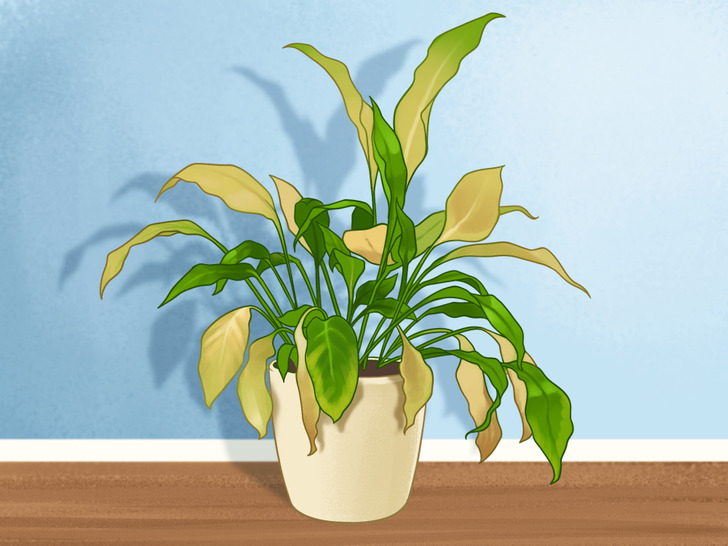
There is a variety of reasons that can cause your plant’s leaves to turn yellow. The most common reason is that the plant is not getting enough sunlight or it’s suffering from root rot. It could also be happening due to a nutrient deficiency or it being root bound, but those are less likely to happen.
If a plant is root bound, it means it has outgrown the pot and should be repotted. Yellow leaves can also be caused by overwatering.
3. Falling leaves
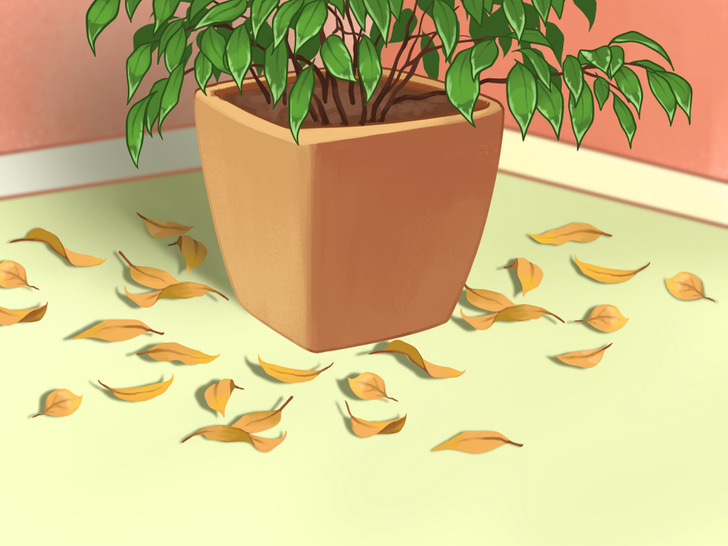
Falling leaves is a common stressor sign. If the leaves or the flowers of the plant are dropping, it could be because of various reasons, such as lack of water or even overwatering, temperature change, or poor lighting. The more common causes though are cold air and overwatering.
In this case, you should let your plant be and have patience, as it will adjust to the new conditions.
4. Browning leaf tips
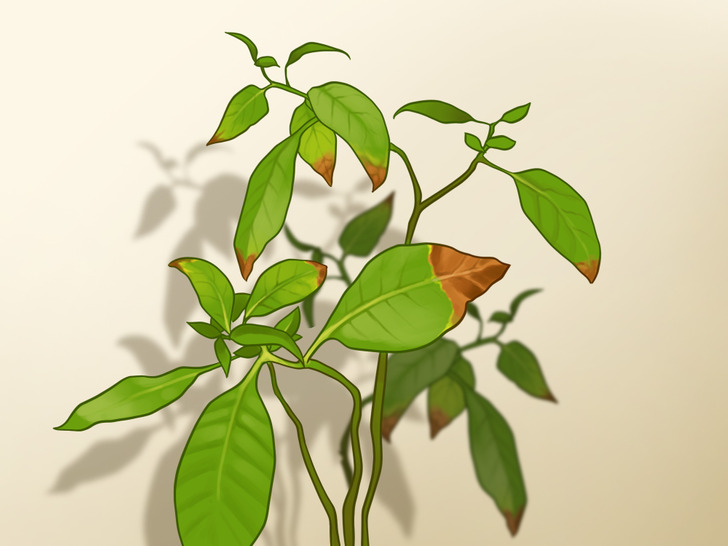
The brown leaf tips can look scary and you might even think that your plant is dying, but if you catch it early, you can still prevent further damage. The browning tips can be caused by the air being too dry or hot, there could be too much salt in the soil, there could be a nutrient deficiency, or the plant may be suffering from root rot. Other reasons might be pesticides or fertilizers or even low humidity.
It’s likely that it might be caused by your watering habits because you might have been overwatering it. You should also check if the plant’s pot is too warm.
5. Stretching
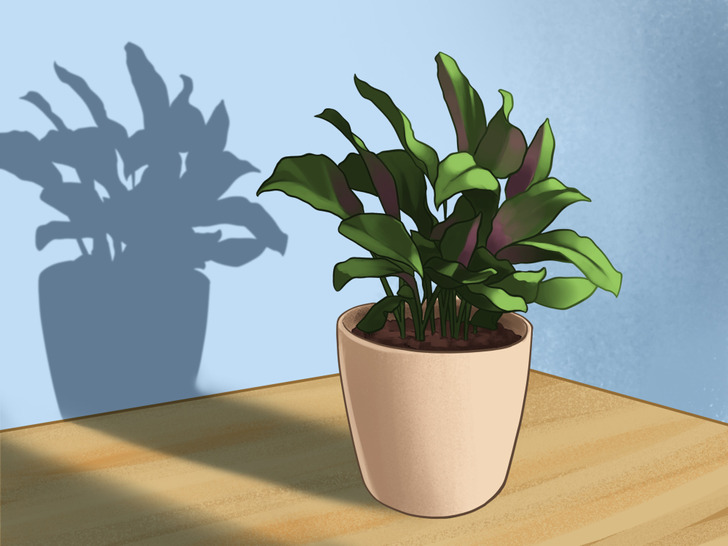
You might notice your plant is stretching toward the sun. You might also see that old leaves are falling down. This is a common indicator that your plant needs more light. It could also indicate that the plant needs pinching. Snatching the top of your plant will help it grow and become fuller.
6. Spotted leaves
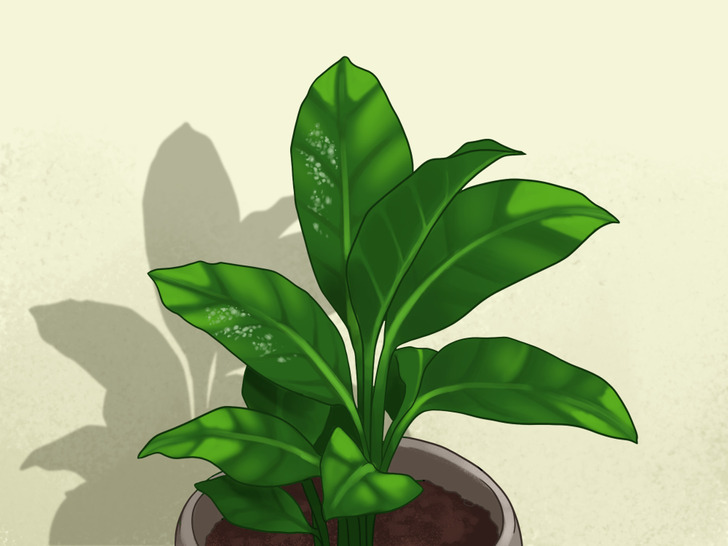
Spots on the leaves of the plant are mostly caused by fungal infections. If you see these kinds of spots on one of your plants, you should separate it from the rest because the infection can spread.
The spots can also appear if you are watering the plant with cold water or splashing water on the leaves.
7. Small leaves
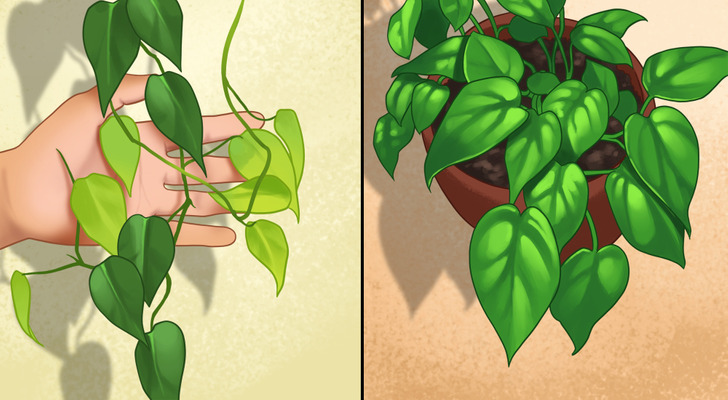
8. Black spots on the leaves
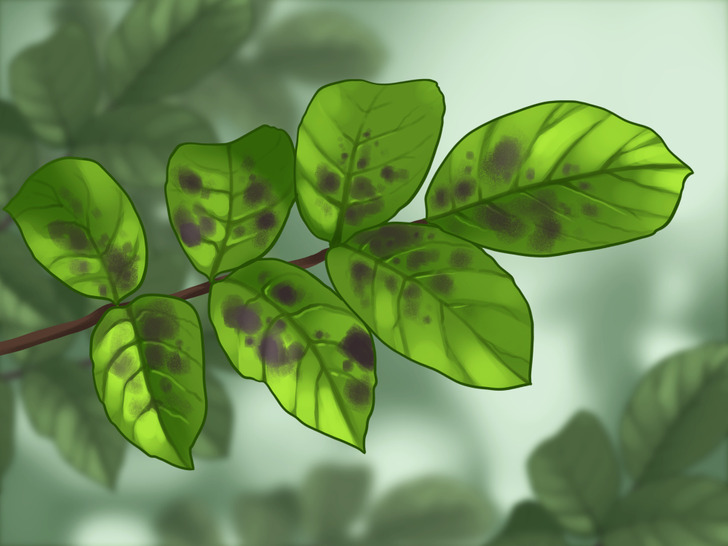
Black spot disease is a plant disorder that affects the leaves and makes them turn purple and, eventually, black. They can be caused by various types of fungi or bacteria and they can also be spotted on leaves, stems, and flowers.